BuildingEnergy Access Spotlight: Bartholomew Lighting
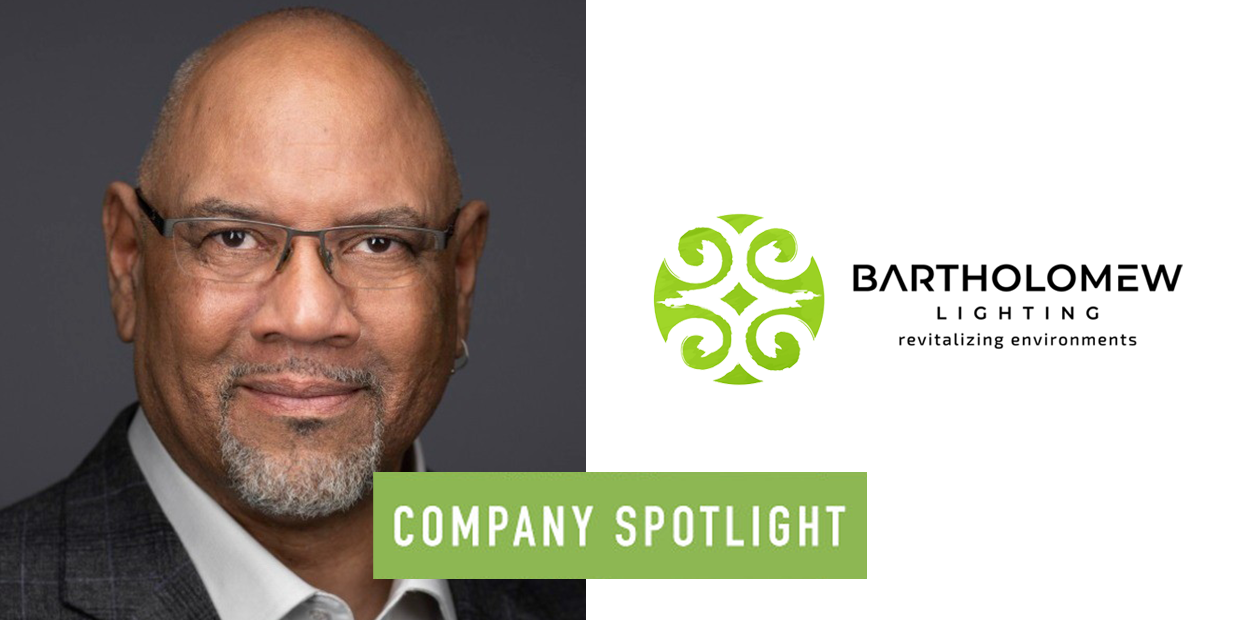
COMPANY SPOTLIGHT: BARTHOLOMEW LIGHTING
BuildingEnergy Access is a NESEA initiative to support the work of WMBEs (women and minority-owned business enterprises) by connecting them with the resources of the NESEA community. Each month, we'll introduce a participating company to the wider NESEA community through a spotlight interview.
We recently sat down with Edward Bartholomew of Bartholomew Lighting, an award-winning, Black-owned Architectural Lighting Design and Consulting firm in Boston, MA. We discussed their work, running their business, and their impressions of the BuildingEnergy Access program so far...
Ian Reed: To begin, would you share a quick company description?
Edward Bartholomew: Sure. Bartholomew Lighting is a black-owned, award-winning architectural lighting design firm who consults with architects, interior designers, and clients on creating beautiful and uplifting environments.
IR: How many years have you been in business and what inspired you to start the business?
EB: In this current iteration, I've been in business for five years. Prior to this, I lived in Seattle and had the exact same name, same business type <laugh>, same EIN, for six years prior. So, I would say I've had my own business for about 11 years total.
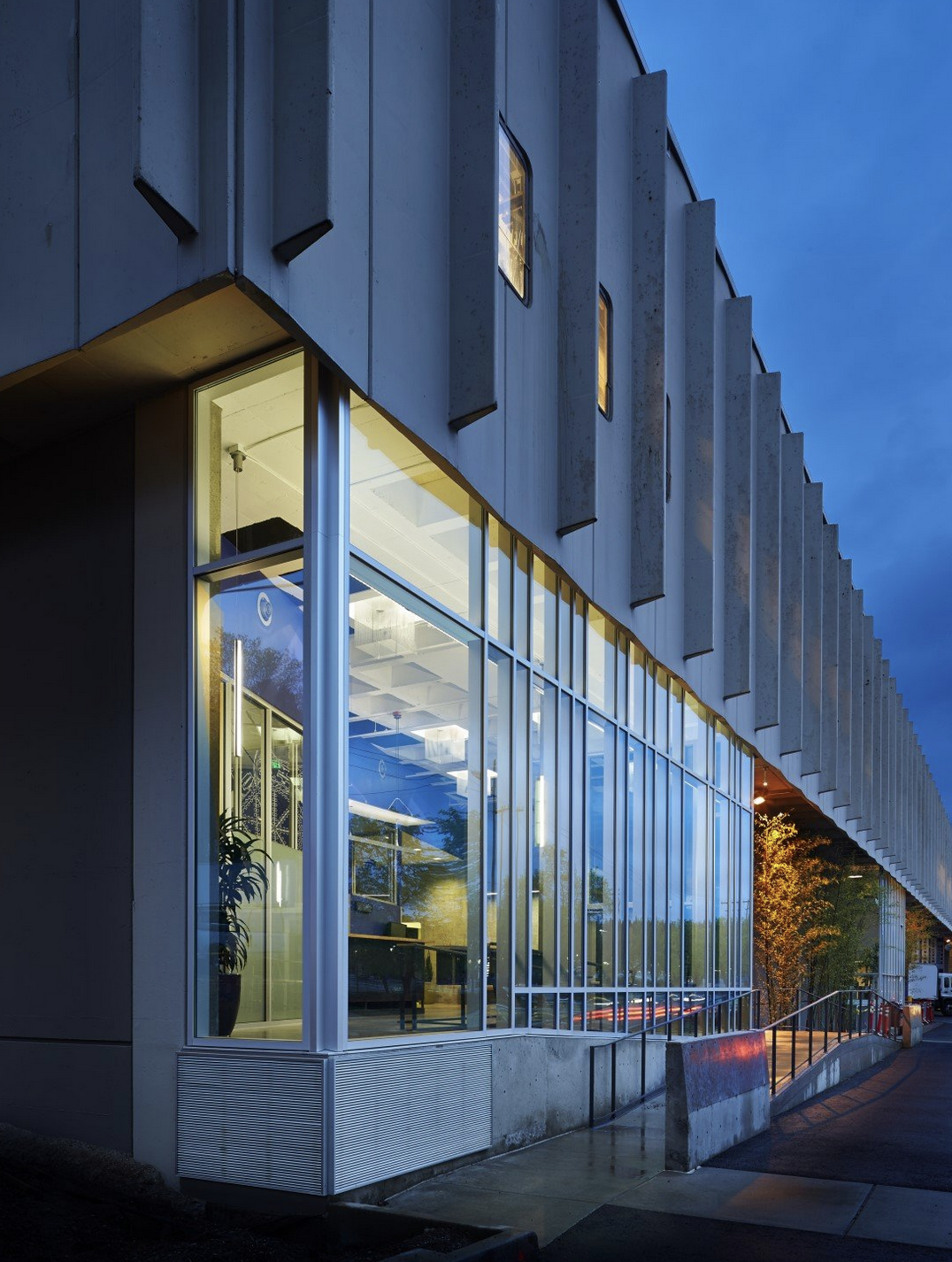 IR: Wow. That's a big move, going across the country. That must have been a pretty serious transition.
IR: Wow. That's a big move, going across the country. That must have been a pretty serious transition.
EB: Yes it was, thankfully, my family and career have thrived here.
IR: Have you found that running the business on the East coast is very different from running it on the West coast?
EB: Well, I went to grad school at Parsons, and one thing I noticed about New York is that I could not get hired in New York. I’ve noticed New York is very tribal; people hang out with people they went to school with, people who they kind of culturally connected with, things like that. Boston can be tribal as well.
The other thing we do is lighting advocacy; pushing for more equitable and just lighting. We have an organization called Light Justice, and through that organization, we are able to advocate and educate the design industry and impacted communities about equitable, quality lighting as well as beneficial darkness. We also offer an AIA-HSW accredited presentation on Light Justice for both public spaces and indoor spaces. It has been well received, and we are now practicing what we preach by working with the community in Nubian Square on improving the nighttime environment by highlighting key historical landmarks, while making the neighborhood safer at night. I'm just noticing that the impact our advocacy for Light Justice is growing.
IR: Are you the common denominator between Light Justice and Bartholomew Lighting <laugh>? Or is there more overlap between the business and advocacy organization?
EB: There's definitely overlap. I am the Executive Director of Light Justice. I co-founded of Light Justice with my friend Mark Leffler. It came out of a lot of discussion regarding the social justice uprising happening in 2020 after the murder of George Floyd. But it kind of morphed into taking a really critical look at the lighting industry as a whole. My new iteration of my lighting design business started at exactly the same time in 2020. One is a message, and the other is the practice of these principles.
IR: How did you get involved with NESEA?
EB: I’ve been aware and have worked with NESEA for most of my time here in Boston. I worked with NESEA when I was at National Grid, working as the Lighting Efficiency Program Manager. That was a common thread that was informing my work. I noticed that energy efficiency was also misapplied in many low-income neighborhoods, and they were receiving the worst lighting in the name of energy efficiency. Unfortunately, they still have to deal with the worst lighting for years. And so I think a lot of the ideas on our principles of light justice absolutely are embedded into Bartholomew Lighting.
IR: I watched your 2021 BuildingEnergy Boston Keynote Presentation before this interview, and it was terrific. I thought it was great.
EB: Thank you, and It's evolved a lot since that keynote talk. We are very grateful to NESEA for that platform; it was seminal in creating Light Justice as a message and an organization.
IR: Well, that's exactly what I was going to ask about; I was wondering if you could talk about how things have changed or developed since that keynote address.
E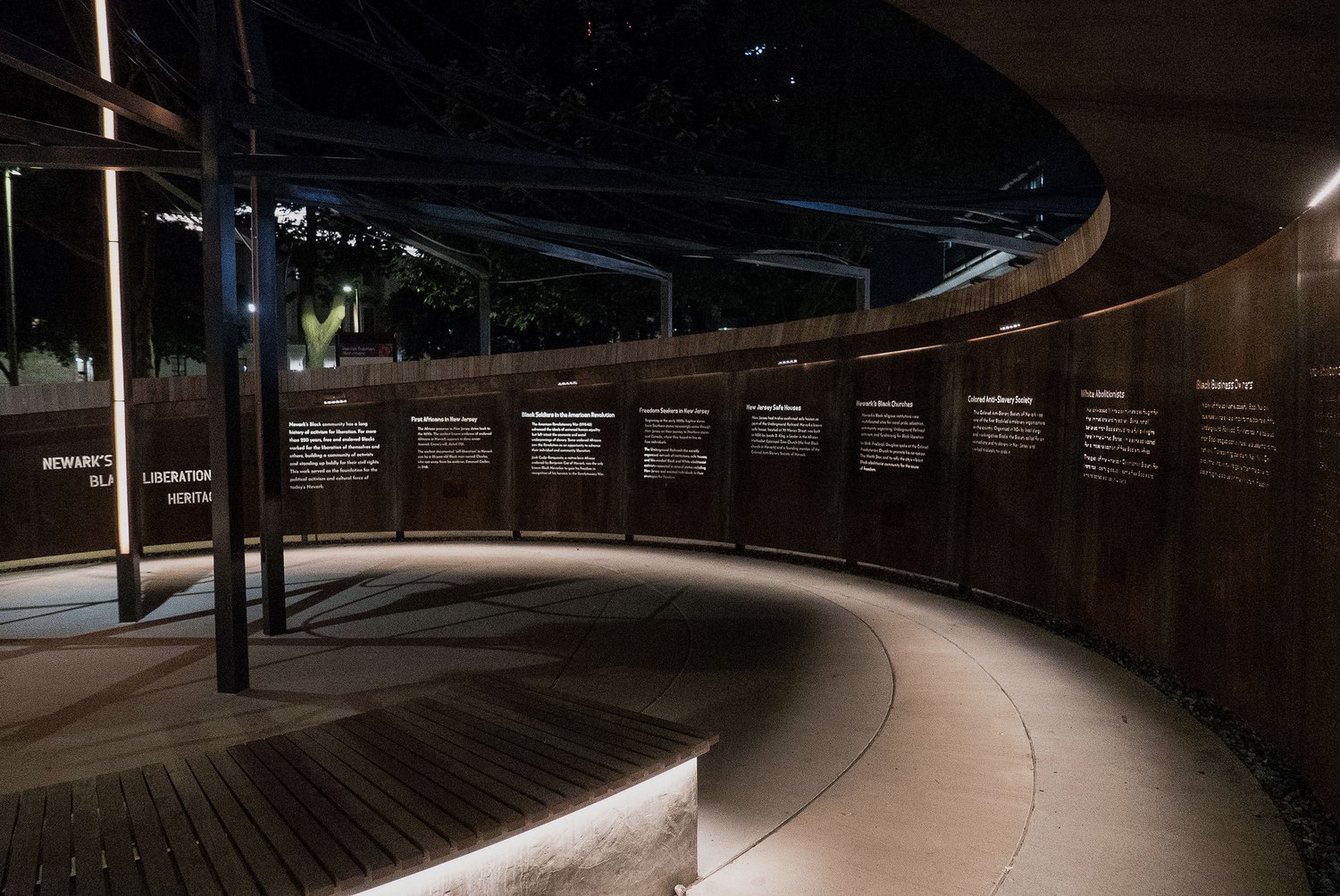 B: We've got a lot more research that has confirmed what we have found. And that is that poor, typically black and brown neighborhoods, are over lit. We still see that. We call that “lighting in the public realm”. We have good friends who work in GIS data. I get kind of wonky and I dive into data and things like that <laugh>. And that's from my background in Seattle. I also did the same thing. So, the challenge is that you don't want to get confirmation data. You know, you want to kind of find the opposite, and I have not found a lot of opposition to the ideas that we presented back at our Keynote talk. We've expanded the talk since then, to also look at the indoors. I think one of the more powerful things is looking at unjust lighting for interior spaces, especially areas that we call, quote unquote, “back of house”. We've renamed them now as “essential support spaces”,
B: We've got a lot more research that has confirmed what we have found. And that is that poor, typically black and brown neighborhoods, are over lit. We still see that. We call that “lighting in the public realm”. We have good friends who work in GIS data. I get kind of wonky and I dive into data and things like that <laugh>. And that's from my background in Seattle. I also did the same thing. So, the challenge is that you don't want to get confirmation data. You know, you want to kind of find the opposite, and I have not found a lot of opposition to the ideas that we presented back at our Keynote talk. We've expanded the talk since then, to also look at the indoors. I think one of the more powerful things is looking at unjust lighting for interior spaces, especially areas that we call, quote unquote, “back of house”. We've renamed them now as “essential support spaces”,
IR: That's a much more accurate way to describe those areas. I like how you incorporated “essential”, since that work is so undervalued.
EB: Yeah, exactly. Those spaces typically get horrible interior design. They get horrible…everything, and they're stuck in the bowels of the building. They’re in there 24/7.
We're working in a cancer hospital right now where we're actually kind of flipping that script, so that the staff also gets to enjoy the wellness of positive lighting. Even though they're stuck in the middle of the building, and they have no access to natural light, we’re creating pseudo transoms and skylights, to provide daylight cues and well-being. We're also paying attention to their circadian entrainment and looking at how lighting can support healthy lighting for shift workers. We're working with cutting-edge lighting design manufacturers who actually have products that tune the spectrum of lighting to support the essential staff.
IR: Wow. That’s really cool.
EB: And we’re supporting nurses and support staff, including laundry, kitchen, and pharmacy workers. We're supporting the workspaces of folks who are often ignored and expendable. And we're really excited that so far the client has encouraged these solutions for underserved staff.
IR: That's such a cool project. I mean, it makes so much sense when you think about it, but it's also something that you can kind of not think about just as easily. “Out of sight, out of mind”, so to speak.
EB: Yeah. I mean, the most expensive part of running a hospital is your staff. And if you lose the staff, it is so expensive to replace them. And so keeping “well being” at the forefront of design keeps the essential support staff healthy, and alert. Which means fewer staff sick days and reduced patient care errors, which can be so costly to a hospital.
IR: I might've just stepped on this question a little bit talking about that last project, but is there a project or initiative you're working on that you're particularly proud of?
EB: Oh, I've got several more <laugh>
IR: <laugh> great.
EB: Another one we’re working on is the Lewis D. Brown Peace Institute, which is a great project because it combines a therapy space and a community center, with a kind of memorial to a young man who was tragically killed by gun violence in the nineties. His mother is a champion against gun violence in the Dorchester community. So that project is moving forward as well, and we're really excited about being a part of it, because I get to be a little bit of an artist and provide some creative memorial lights that really honor his legacy and the legacy of other victims of gun violence. At the same time, the 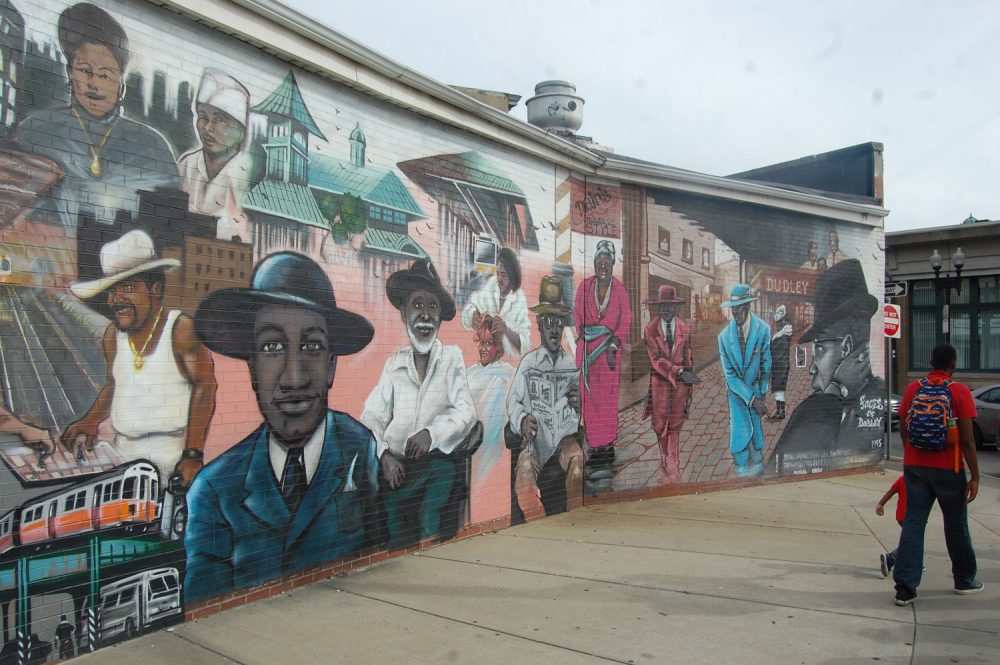 healing aspect of lighting is also being deployed there through trauma-informed design principles.
healing aspect of lighting is also being deployed there through trauma-informed design principles.
Also in Roxbury we are in the process of working with the community on lighting their cultural landmarks like the Dudley Square mural “Faces of Dudley Square”. We are working directly with the community, and that has us engaged with community groups and City Hall. This is a longer process, which we hope will culminate in a rewarding celebration for the community. So, we're trying to walk our talk, and that's been the hardest part of merging Light Justice with Bartholomew Lighting.
IR: Where do you want to take the company going forward?
EB: I want to stabilize where we are. I want to reward my employees a lot more. I want to raise them up. I wouldn't mind expanding to another employee when we have the work. I want to make ourmarketing a little bit more effective, and I'm not really quite sure how to do that at all <laugh>. I think we're going to have to weather this political and economic storm that's currently occurring in our country.
IR: How has your BuildingEnergy Access experience been so far? Have you enjoyed being part of the new Cohort?
EB: Absolutely, it's been wonderful. I have been moved by the passion and vulnerability of my fellow cohort members. We are all learning how to be the best version of ourselves as business leaders and supporting one another. We all face unique challenges as a BIPOC group during these times, and that has made us come together with more urgency. They are all wonderful folx whom I have learned so much from.
IR: What has this community meant to you as a resource?
EB: I recently posted that I needed support with Microsoft issues. A member of Basecamp group sent me a company's information, and I'm actually going to use them to solve my issue and support my business moving forward. It’s that kind of trusted recommendation that's truly valuable.
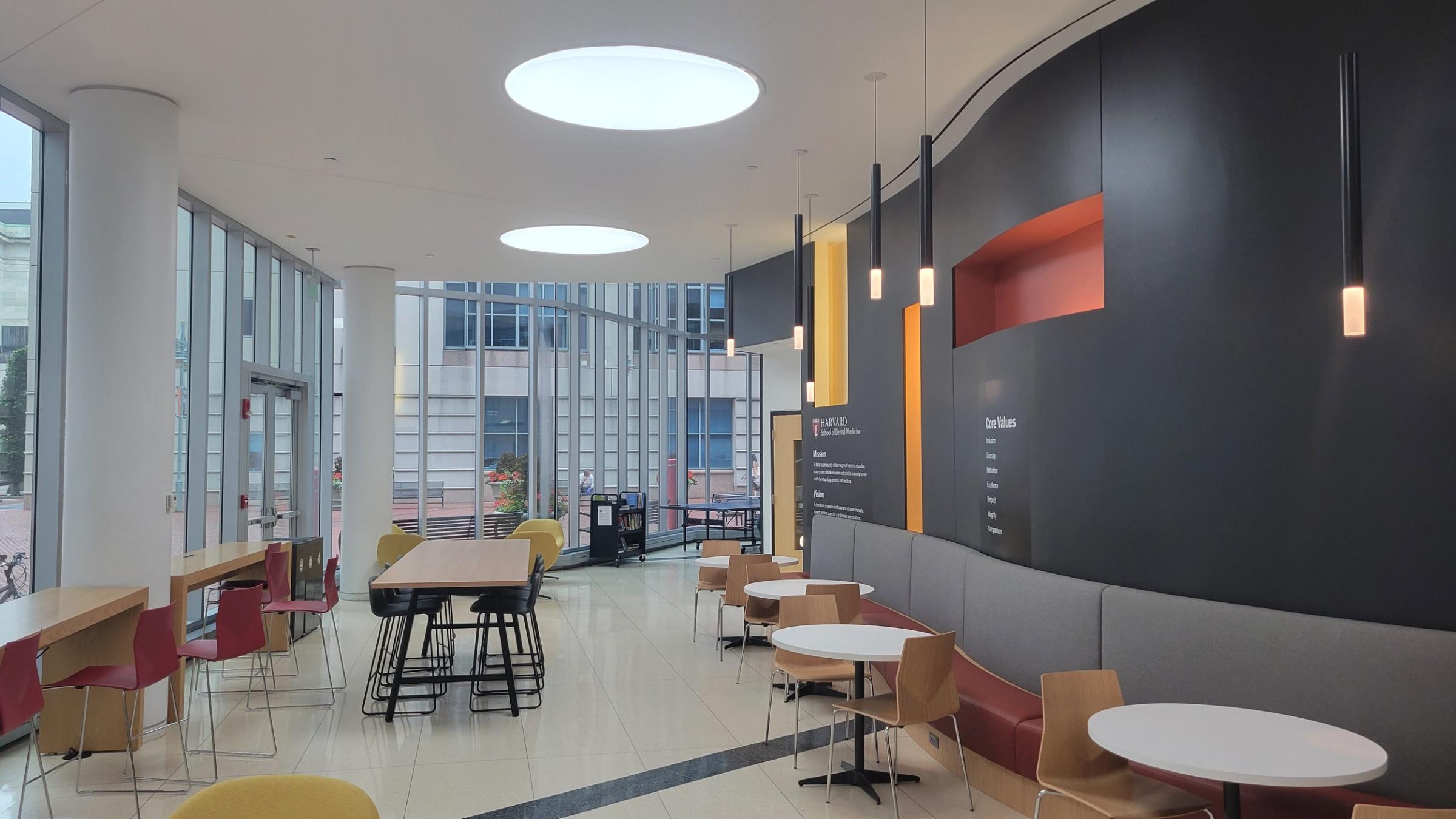 It’s been amazing having that network of business owners who are at a similar stage, who are struggling just like me. What's great about our cohort is the honesty, and the vulnerability, to talk about what's really going on, to identify areas we're struggling with, areas we're not as confident in and need support with. That's been mind-blowing for me. I tend to kind of hide with shame, thinking, “oh, I don't know how to do this, but I'll just muddle my way through it and hopefully it'll work out.” But to really be honest about those struggles, and to get support where you really need it, is really empowering.
It’s been amazing having that network of business owners who are at a similar stage, who are struggling just like me. What's great about our cohort is the honesty, and the vulnerability, to talk about what's really going on, to identify areas we're struggling with, areas we're not as confident in and need support with. That's been mind-blowing for me. I tend to kind of hide with shame, thinking, “oh, I don't know how to do this, but I'll just muddle my way through it and hopefully it'll work out.” But to really be honest about those struggles, and to get support where you really need it, is really empowering.
IR: Oh, that's great. I love to hear that. That's been my favorite part about doing these interviews, hearing, “I was feeling so isolated, about X and Y problems, and then I met with this group of people and there's 10 examples of other people who are having very similar problems.”
EB: Exactly.
What other parts of NESEA’s programming and community are you excited to take part in?
EB: Well, I just signed up for the mentoring. I'm looking forward to the mentoring aspect, but I really look forward to the networking. I’m especially looking forward to coming back together with this cohort in person and sharing our stories.
IR: Terrific. Well, it's been really nice chatting with you. Thank you for taking the time!
EB: Same here, take care.

